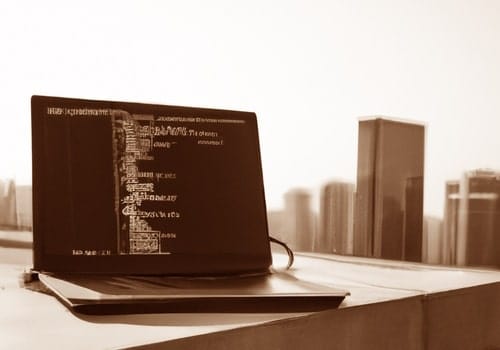
In today’s digital world, it’s important to take steps to protect your online assets. This includes not only your financial and personal information, but also your access to various accounts, services, and devices. While there are many different ways that hackers can attack your online assets, there are also many steps you can take to survive a hacker’s attack.
Here are some tips to help you get prepared for a hacker’s attack on your online assets:
Use Strong and Unique Passwords to Avoid a Hacker’s Attack
One of the most basic steps you can take to protect your online assets is to use strong and unique passwords for each account. Avoid using common or easily guessable passwords such as “password123” or “qwerty.” Instead, use a mix of upper and lower case letters, numbers, and symbols, and consider using a password manager to securely store and manage your passwords.
Enable Two-Factor Authentication
Another way to add an extra layer of security to your online accounts is to enable two-factor authentication (2FA). This requires a second form of identification, such as a code sent to your phone or a fingerprint scan, in addition to your password. Even if a hacker manages to obtain your password, they won’t be able to access your account without the additional factor of authentication.
Regularly Update Your Software and Devices
Hackers often take advantage of vulnerabilities in software and devices to gain access to your online assets. To minimize this risk, make sure you regularly update your software and devices with the latest security patches and upgrades. This can help close any security gaps and prevent hackers from exploiting known vulnerabilities.
Be Cautious of Phishing and Social Engineering Attacks
Phishing and social engineering attacks are when hackers use fraudulent emails, messages, or websites to trick you into providing sensitive information or access to your accounts. To protect yourself from these attacks, be cautious of unsolicited messages or requests, verify the identity of the sender or website, and never give out sensitive information unless you are sure it’s legitimate.
Have a Backup Plan For Offline Access In Case of a Hacker’s Attack
In the event of a hacker’s attack that leaves you without access to your online assets, it’s important to have a backup plan for offline access. This could include saving important documents or information to an external hard drive or printing out hard copies of important documents. You could also consider setting up a secondary account or service that doesn’t rely on the internet, such as a landline phone or a physical storage device.
By taking these steps, you can help protect your online assets and minimize the risk of a hacker’s attack. While it’s impossible to eliminate the risk of a cyber attack, being prepared can make all the difference in mitigating the impact of an attack. Stay safe!




